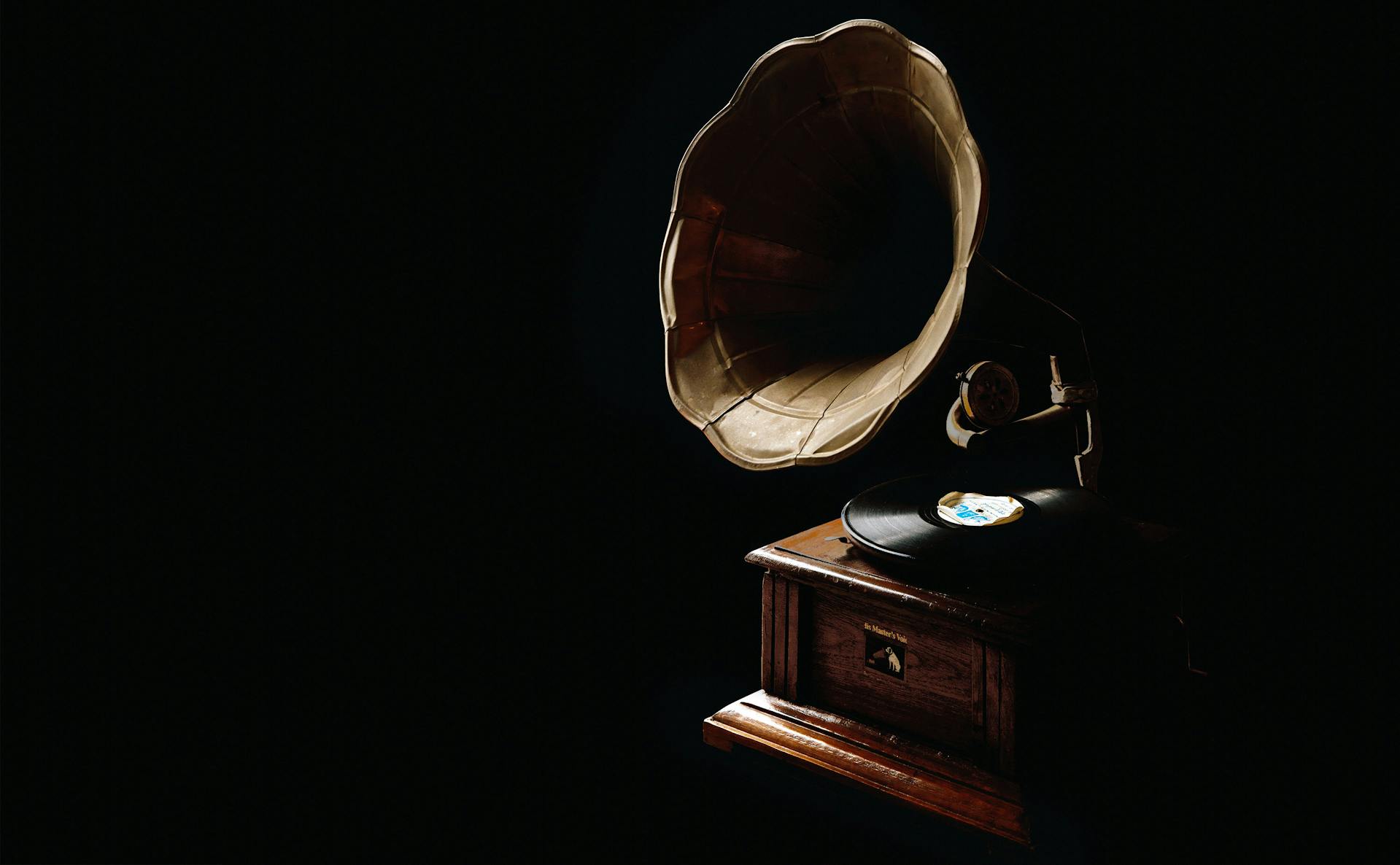How to Write a Standout MELODY • Music Theory from PJ Harvey "A Child's Question, August"
Description
How to Write a Standout MELODY
Step 1. First Impressions
There are many ways to write a standout melody, but it’s difficult to improve on the method PJ Harvey uses in her new single “A Child’s Question, August”. That’s because nothing grabs our attention like a bold first impression. And by first impression, I literally mean the first note of the melody.
You see, PJ Harvey starts her melody in the Dorian mode, and the very first note she sings is the major 6th. That’s the one-and-only note that makes Dorian different from the super common scale that we hear all the time: the natural minor. The vast majority of people are not used to hearing a major 6th over a minor chord, so when her melody begins with that unusual note, it instantly stands out.
So, in D Dorian, which is all the white notes from D to D, the major 6th is B. When we play B in our melody over a D minor chord, you can hear exactly how powerful that one note is at grabbing our attention. So step 1 in this method is to use that unusual note to begin your melody, then finish the phrase with usual notes.
Free Book
Just before we jump into the next step. If there’s an artist you want us to hack, drop us a comment on YouTube.
Also, are you new to music theory? Or are you experienced, but you want a refresher? Then download our FREE BOOK (link opens in new tab). It only takes 30 minutes to read, then you’ll have a solid theory foundation that you can instantly apply to your songwriting and producing.
Step 2: Second Impressions
Your listeners are now familiar with that unusual note, which means that if you play it again, it won’t be unusual any more. In other words, your melody is now at risk of losing its initial impact and therefore losing your listener’s attention. The way PJ Harvey deals with this issue is brilliant!
In the second half of her melody, instead of singing the major 6th again, she sings the minor 6th. That’s the usual 6th note in a natural minor scale, which we’re used to hearing. But, after getting our ears used to that unusual note, the usual note now sounds unusual haha. What a brilliant trick!
So to maintain your listener’s attention, step 2 of this method is to create a powerful second impression by using the minor 6th (which is B♭) in the second half of your melody. In other words, you’re using the natural minor for this phrase.
Just to recap, we’re starting our melody in D Dorian, then switching to D natural minor. So use the major 6th (which is B) as the first note of your melody, then use the minor 6th (which is B♭) in the second half of your melody. And if you need more help writing melodies, just download our Songwriting & Producing PDF (link opens in new tab) and follow the seven guidelines in our Melody Checklist.
PODCAST
Listen below, or on any podcast app.


























